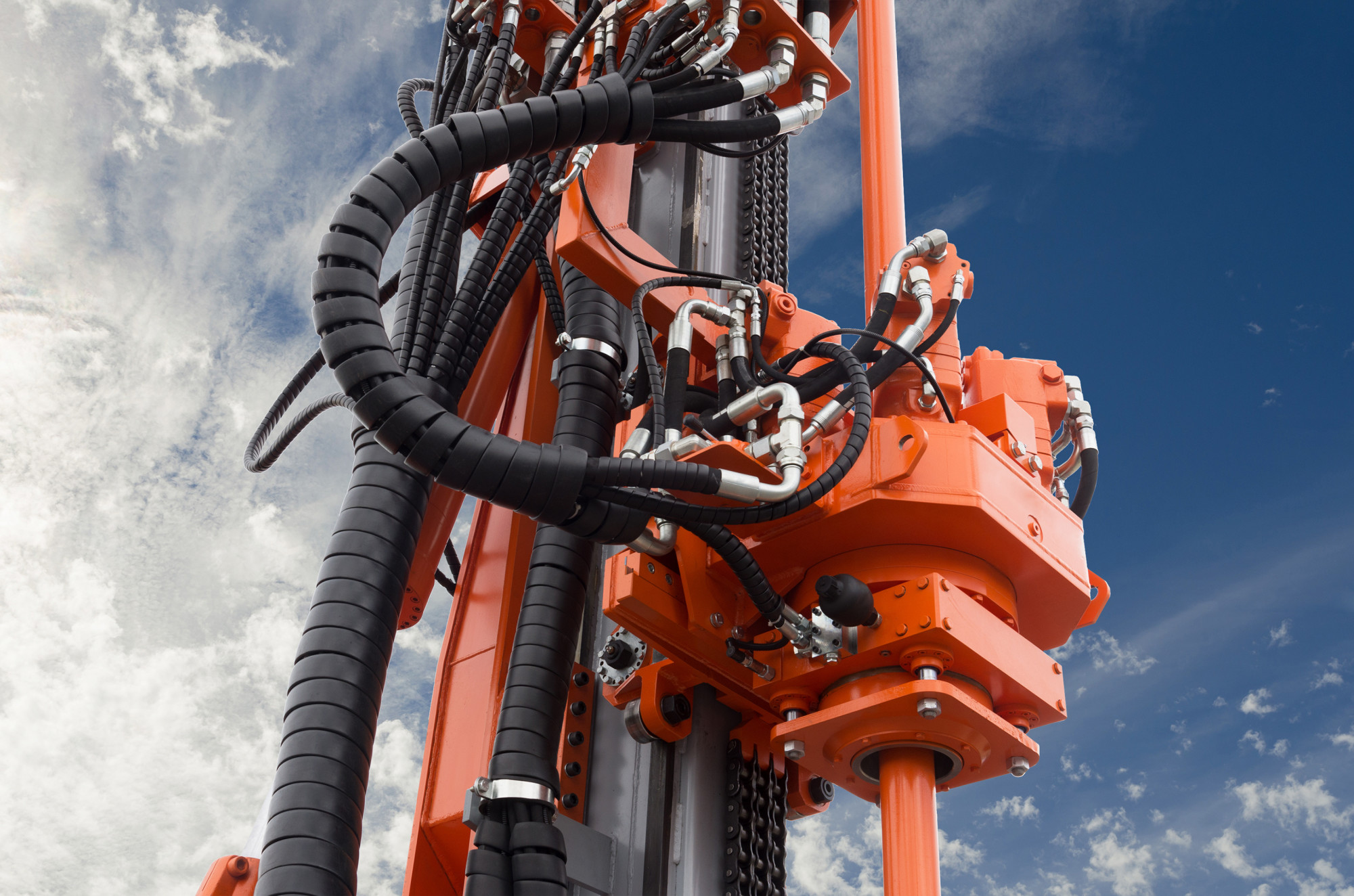The gas and oil industry is one of the largest in the world, with billions of dollars of revenue generated each quarter. This industry helps power the world – our homes, our vehicles, our technology, and our lives.
When it comes to all of this work, technology plays a big role as well. Drilling, as you would expect, is a major part of the job. While much of the work that is done requires standard vertical drilling, some of what needs accomplishing isn’t as straightforward.
This is where directional drilling comes into play. When it comes to drilling in a non-vertical direction, this form of boring helps workers accomplish goals with much greater efficiency.
What do you need to understand about directional drilling? Read on and we’ll walk you through the basics.
What is Directional Drilling?
There is a lot of boring that happens in the gas and oil world. In a sense, directional drilling is something of an umbrella term that is used to describe any boring that doesn’t go in a straight line down into the ground.
Even when digging perfectly vertical wells, sometimes directional drilling is needed to get around natural obstacles or avoid a previously stuck pipe.
Any variation from the straight 180 degrees down would be considered directional by the modern definition.
Of course, directional drilling is anything but modern, this practice has been used in conventional drilling for nearly 100 years. Over the past few decades specifically, however, many technological improvements have made the possibilities of directional drilling incredibly expansive.
Amazing work can be done now that could only have been dreamed of many years ago. The introduction of refurbished subsite transmitters, for example, have allowed drillers to keep track of their work far, far below the surface.
The Value of Directional Boring
Why is it so helpful to be able to hew away from the 180 direction of drilling? There are many benefits to this way of working.
For one, you can drill multiple holes from the very same rig, which creates a much more efficient way of working. Not only is it more efficient, but using only one rig will help to limit surface disturbance and lessen the overall environmental impact of the work being done.
Having a directional rig can greatly lessen the amount of time it takes to complete a job, keeping costs down in terms of both equipment and labor.
Being able to work directionally also helps oil experts better locate oil wells. Even if they are off by some small amount, it doesn’t require them to start over from scratch with their drilling.
Understanding Directional Drilling
If you’re unfamiliar with what directional drilling is, you’ll want to get familiar with the above information. Directional boring is one of the most important innovations in the gas and oil industry, and it’s well worth getting comfortable with the ins and outs of this technology.
Need more tech advice and info? Keep scrolling through our blog for more.

